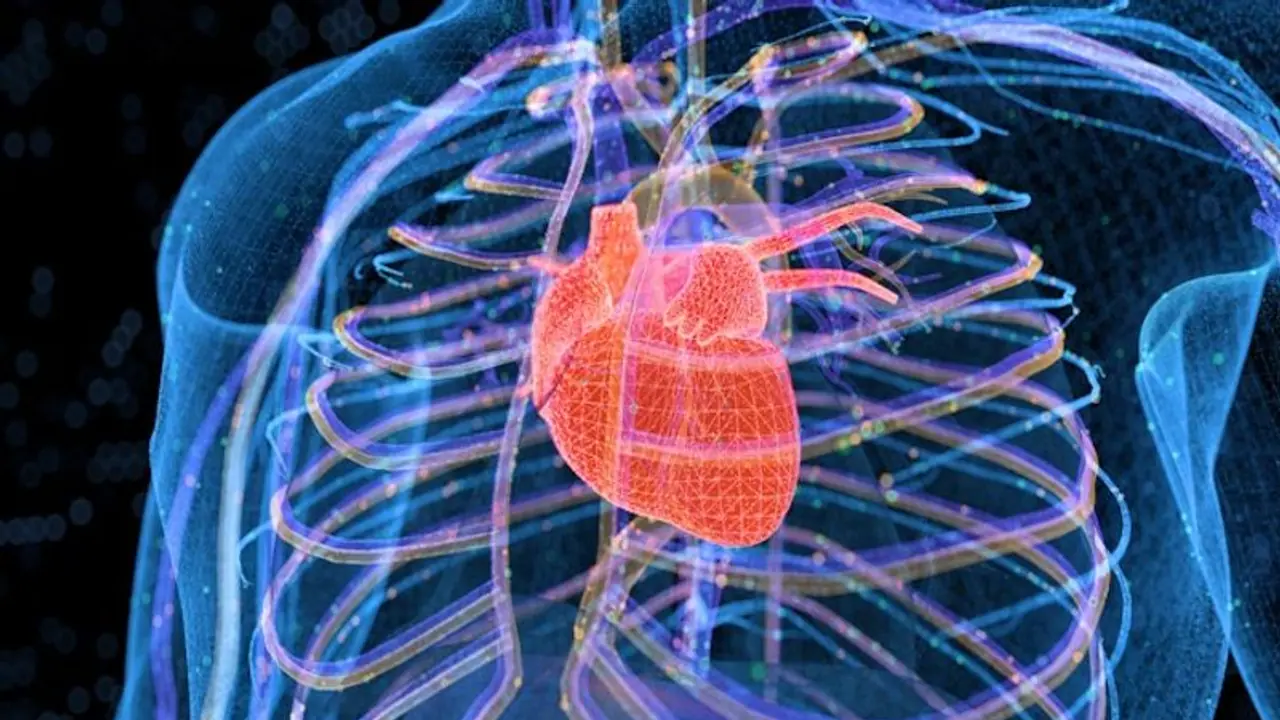Heart problems can't be easy to diagnose, and by the time we get to know about it might be too late. On world heart day, we bring some tests to help you detect heart problems.

We are significantly less informed when it comes to heart diseases. Because of this, we don't have the correct information about the precautions and the treatment. We are also unaware of the proper tests to help us detect heart problems. It is essential to have the appropriate knowledge about heart diseases or their tests, which can benefit us. We are here to discuss some tests that can help us determine heart problems.
Tilt test: This testing is done to determine the cause of syncope by creating changes in posture from lying to standing. The patient will lie flat with safety belts connected to ECG and blood pressure monitors. The bed on which the patient lies will be titled, and the recordings will be taken. It is done to evaluate sudden drop in blood pressure, irregular heartbeat, structural heart problems, heart attacks and cardiomyopathy ventricular dysfunction.
ALSO READ: World Heart Day 2022: Improve your heart health by having these foods
Blood tests: Blood tests can help to determine heart disease. The standard blood tests are high cholesterol, plasma ceramides, natriuretic peptide, Troponin T, and high-sensitivity C-reactive protein. With the help of these results, it can help us to detect any heart disease beforehand and start the treatment as soon as possible.
Nuclear cardiac arrest test: During this test, a small amount of radioactive material is used as a tracer to create images of blood flow to the heart. The test is done when the person is at rest and during activity and hence helps in efficiently detecting poor blood flow or damage to the heart.
Coronary computed tomography angiogram (CCTA): CCTA is a 3D image testing method that helps to identify plaque or any other cause of narrowing down the coronary arteries. In this test, a dye is injected into the body, and computed tomography, a combination of X-rays and computer technology, is used to produce images to determine if there are any problems.
Echocardiogram: The heart's structure is checked during this ultrasound test. It can diagnose several heart-related complications like cardiomyopathy and valve disease. This type of testing does not use any radiation. This testing can be quite effective and help you treat heart problems earlier. This test can be helpful if you are not a fan of radioactive waves.
Exercise stress test: It is also known as the treadmill test. This test helps to figure out how well your heart works. In this test, you walk on a treadmill, making your heart work progressively more challenging. An electrocardiogram (ECG) monitors your heart's electrical rhythms. The doctor also measures your blood pressure and observes whether you have symptoms like chest discomfort or fatigue. This is common among athletes.
(MRI) Magnetic resonance imaging: One of the most common test forms. In this test, imaging technology is mainly done to image the body's non-bony parts or soft tissues. In this, a strong magnetic field is used to image the heart. The magnetic field lines up the hydrogen protons in the body. The radio waves then knock the protons out of position. As they realign back into their proper place, they send out radio signals. A computer then receives the signals and converts them into images of the body.
Coronary angiogram: In Coronary angiograms, X-ray imaging is used to see the heart's blood vessels. This is usually done to check for any blockage in the heart, which might restrict blood flow to the heart. This method can help in treating any blood vessel conditions near the heart. It is the most common type of procedure.
(ECG) Electrocardiogram: This test helps doctors determine the heart's electoral activity, which is recorded. It gives a graph of the voltage versus the heart's electrical activity. In this test, electrodes are placed on the skin. The sensors attached to the skin detect the electric signals produced by the heart every time it beats.
ALSO READ: World Heart Day 2022: Six lifestyle changes to make after a heart attack to improve your health
